Shades of Hope
A MY E INHORN B OOKS
Published by G. P. Putnams Sons
a member of
Penguin Group (USA) Inc.
New York
Shades of Hope
A PROGRAM TO STOP DIETING
AND START LIVING
Tennie McCarty

With a Foreword by Ashley Judd

AMY EINHORN BOOKS
Published by G. P. Putnams Sons
Publishers Since 1838
Published by the Penguin Group
Penguin Group (USA) Inc., 375 Hudson Street, New York, New York 10014, USA  Penguin Group (Canada), 90 Eglinton Avenue East, Suite 700, Toronto,
Penguin Group (Canada), 90 Eglinton Avenue East, Suite 700, Toronto,
Ontario M4P 2Y3, Canada (a division of Pearson Penguin Canada Inc.)  Penguin Books Ltd, 80 Strand, London WC2R 0RL, England
Penguin Books Ltd, 80 Strand, London WC2R 0RL, England  Penguin Ireland, 25 St Stephens Green, Dublin 2, Ireland (a division of
Penguin Ireland, 25 St Stephens Green, Dublin 2, Ireland (a division of
Penguin Books Ltd)  Penguin Group (Australia), 250 Camberwell Road,
Penguin Group (Australia), 250 Camberwell Road,
Camberwell, Victoria 3124, Australia (a division of Pearson Australia Group Pty Ltd)  Penguin Books India Pvt Ltd, 11 Community Centre, Panchsheel Park,
Penguin Books India Pvt Ltd, 11 Community Centre, Panchsheel Park,
New Delhi110 017, India  Penguin Group (NZ), 67 Apollo Drive, Rosedale,
Penguin Group (NZ), 67 Apollo Drive, Rosedale,
North Shore 0632, New Zealand (a division of Pearson New Zealand Ltd)  Penguin Books (South Africa) (Pty) Ltd, 24 Sturdee Avenue,
Penguin Books (South Africa) (Pty) Ltd, 24 Sturdee Avenue,
Rosebank, Johannesburg 2196, South Africa
Penguin Books Ltd, Registered Offices: 80 Strand, London WC2R 0RL, England
Copyright 2012 by LYSY, LP
All rights reserved. No part of this book may be reproduced, scanned, or distributed in any printed or electronic form without permission. Please do not participate in or encourage piracy of copyrighted materials in violation of the authors rights. Purchase only authorized editions.
Published simultaneously in Canada
Amy Einhorn Books and the ae logo are registered trademarks belonging to Penguin Group (USA) Inc.
Addiction graph 1986 Judi Hollis, Hope Patient Workbook
Feelings chart Pia Mellody
Umbrella chart courtesy Tennie McCarty
Body outline courtesy Tennie McCarty
ISBN: 978-1-101-57708-0
Printed in the United States of America
1 3 5 7 9 10 8 6 4 2
Book design by Meighan Cavanaugh
While the author has made every effort to provide accurate telephone numbers and Internet addresses at the time of publication, neither the publisher nor the author assumes any responsibility for errors, or for changes that occur after publication. Further, the publisher does not have any control over and does not assume any responsibility for author or third-party websites or their content.
ALWAYS LEARNING
PEARSON
For Kristi, whose love and dedication have made this book a reality
I know
Its hard to be reconciled
Not everything is exactly
The way it ought to be
but please turn around
and step into the future
leave memories behind
enter the land of hope.
Z BIGNIEW H ERBERT , A L IFE
Authors Note
All names and identifying details of the individuals within this book have been changed to protect the privacy of our valued clients. Tennie McCarty and Shades of Hope are dedicated to maintaining the anonymity of those they treat but hope that their stories may inspire others to find and follow the path of recovery.
In addition, the Shades of Hope meal plan is derived from a number of food plans suggested by various organizations throughout the years, including but not limited to: ACORN Food Dependency Recovery Services, Food Addiction Institute, Glenbeigh Psychiatric Hospital of Tampa, the American Dietetic Association, and the American Heart Association. The plan has been altered significantly to suit the needs of those struggling with food addiction, but Shades of Hope acknowledges and thanks the many pioneers in the dietary and addiction fields.
Anyone considering using this plan should consult with a physician, dietician, or food addiction professional to see if it is individually appropriate. Those using the food plan in a twelve-step fellowship will want to make the decision with a sponsor. This is not the only meal plan out there. The goal to recovery is about finding a plan that works for you, and being honest about your relationship with food and your ability to maintain that plan. Information contained herein is provided as a suggestion only and is not a substitute for professional medical advice.
Foreword
The book you hold in your hands tells the incredible, improbable, yet true tale of a remarkable womans journey from disempowered victim to empowered survivor, from vulnerable, abused dependent to autonomous, nurturing leader. Tennie McCartys story has transcended its own shocking origins and evolved into a narrative of resilience, healing, and profound service to others.
I met Tennie on February 2, 2006, in the picturesque village of Buffalo Gap, Texas. I rather didnt know what had hit me; I had planned to attend one day of a family week at Shades of Hope, the powerful treatment center Tennie founded, but after a quick phone call with her, I had suddenly agreed to be there for a full six days. Was it her amazing Texas accent and the authentic colloquialisms with which she spoke, the grandmotherly warmth, the keen intelligence, and the obvious knowledge? Perhaps, I have come to suspect, it was nothing less than God speaking to me through her, for I was unexpectedly on board for what was about to be the adventure of a lifetime.
My first night strolling around Buffalo Gap, wildly unaware that my own life was about to be inexorably changed, I noticed amidst the charming houses, picket fences, well-tended gardens, and massive shade trees, little Dempsey Dumpsters painted with calm scenes such as sunsets and pastoral views. Critical, I thought the crude artistry marred the otherwise visually pleasing street. As the week progressed, the failed attempt at clever quaintness bothered me more. Walking past those painted garbage cans, my mind judged: Garish! Tacky!
Eventually, these painted garbage cans became nothing less than a metaphor for my life as it was at that time, a life that was about to be ineffably impacted by the story in this book, and the woman who has lived it. By participating in a family week at Shades of Hope, I began sensing in an electrifying way that Tennie and other recovering people had something I wanted, a way of life to which I had long aspired and for which I had been striving, but which had heretofore been bafflingly out of my reach. Thus, through Tennies invitation, encouragement, validation, and example, I began my own recovery from the painful experiences and losses of my childhood. Those painted garbage cans, I began to realize, were a lot like me. I worked hard, succeeded admirably, made the best of things. But while I mostly looked good on the outside (like those painted scenes with which I was preoccupied), on the inside, I was holding a lot of really toxic stuff. I had a pile of old rubbish inside, some of it not even mine, deposited there years ago by others. This old stuff was stuck in the container of
Next page
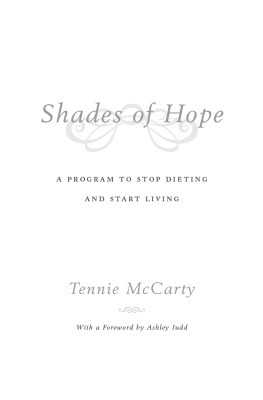
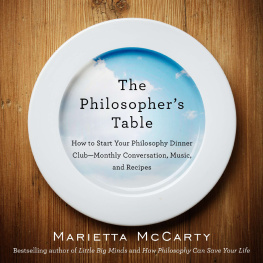
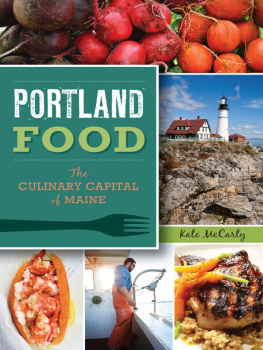

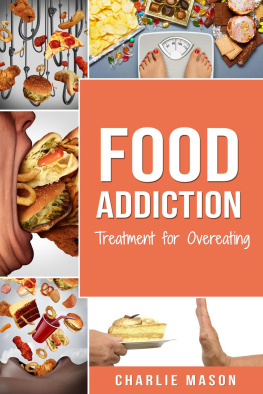
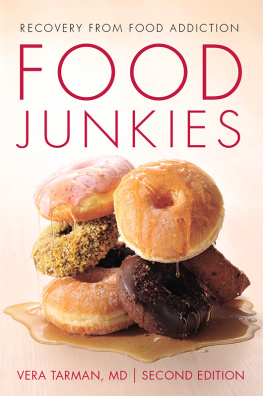
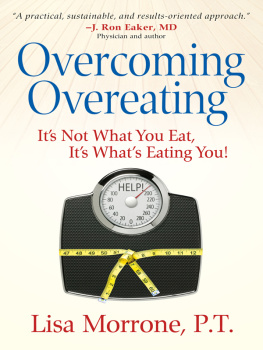
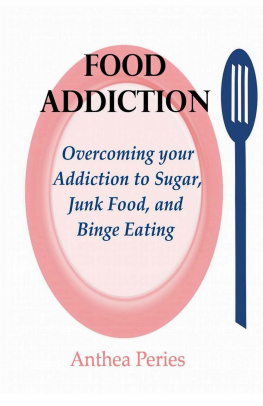
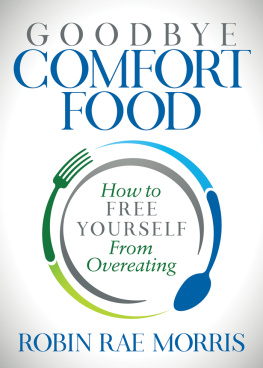
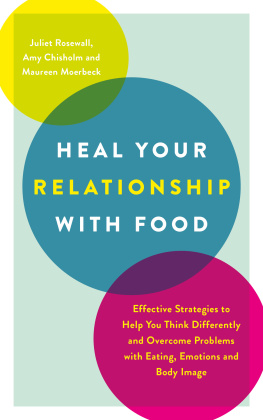
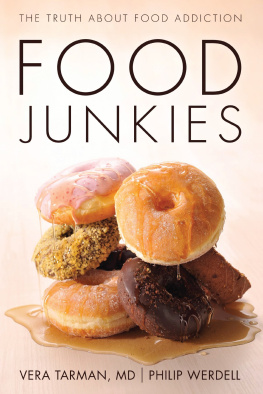
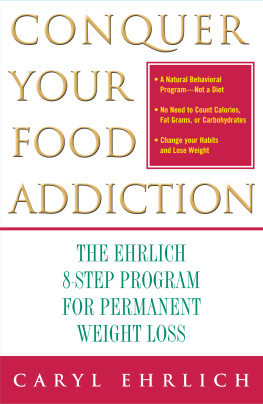


 Penguin Group (Canada), 90 Eglinton Avenue East, Suite 700, Toronto,
Penguin Group (Canada), 90 Eglinton Avenue East, Suite 700, Toronto,